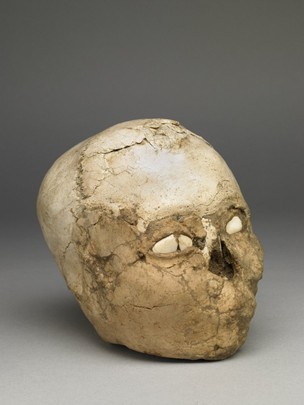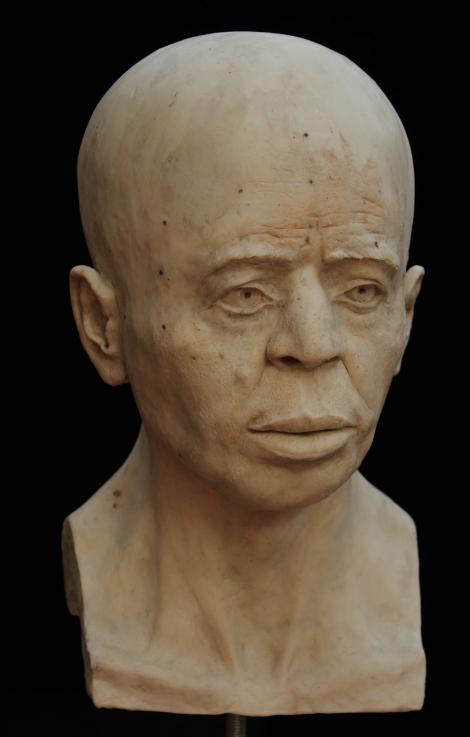The Face Behind This 9,500-Year-Old Skull

By:
For the first time, researchers have used a Neolithic skull to digitally reconstruct the face of a human who lived about 9,500 years ago.
The "Jericho skull," which was excavated in the Middle East in 1953 along with seven other plastered skulls, was an exciting discovery, surprising archeologists worldwide. It wasn't just its age that was remarkable; the cranium was apparently filled with soil, there was plaster over it to preserve its features, and shells were placed in each eye socket, Ars Technica reported.
Here's what the skull looks like.
 British Museum - britishmuseum.org
British Museum - britishmuseum.org
There have been more than 50 similar skulls found in the region in the years since the Jericho skull's excavation, and researchers have determined that the plastering and preservation were part of an ancient worship ritual. The skulls have been digitally scanned, but this is the first time specialists were able to use 3D imaging and forensic remodeling to develop a facial reconstruction.
Here's the final result.
 British Museum - britishmuseum.org
British Museum - britishmuseum.org
The image was made possible by a micro-CT scan of the Jericho skull that was completed in 2009. National Geographic explained:
"The scan revealed an adult cranium (the lower jaw had been removed), more likely male than female. The septum was broken, and rear molars were missing. A hole had been carved in the back of the cranium so it could be packed with soil, and the scans even illuminated 9,500-year-old thumbprints from where someone eventually sealed the hole with fine clay."
British Museum curator Alexandra Fletcher described the process as "the Neolithic process in reverse." The skull and the facial reconstruction are currently on display at the British Museum.
